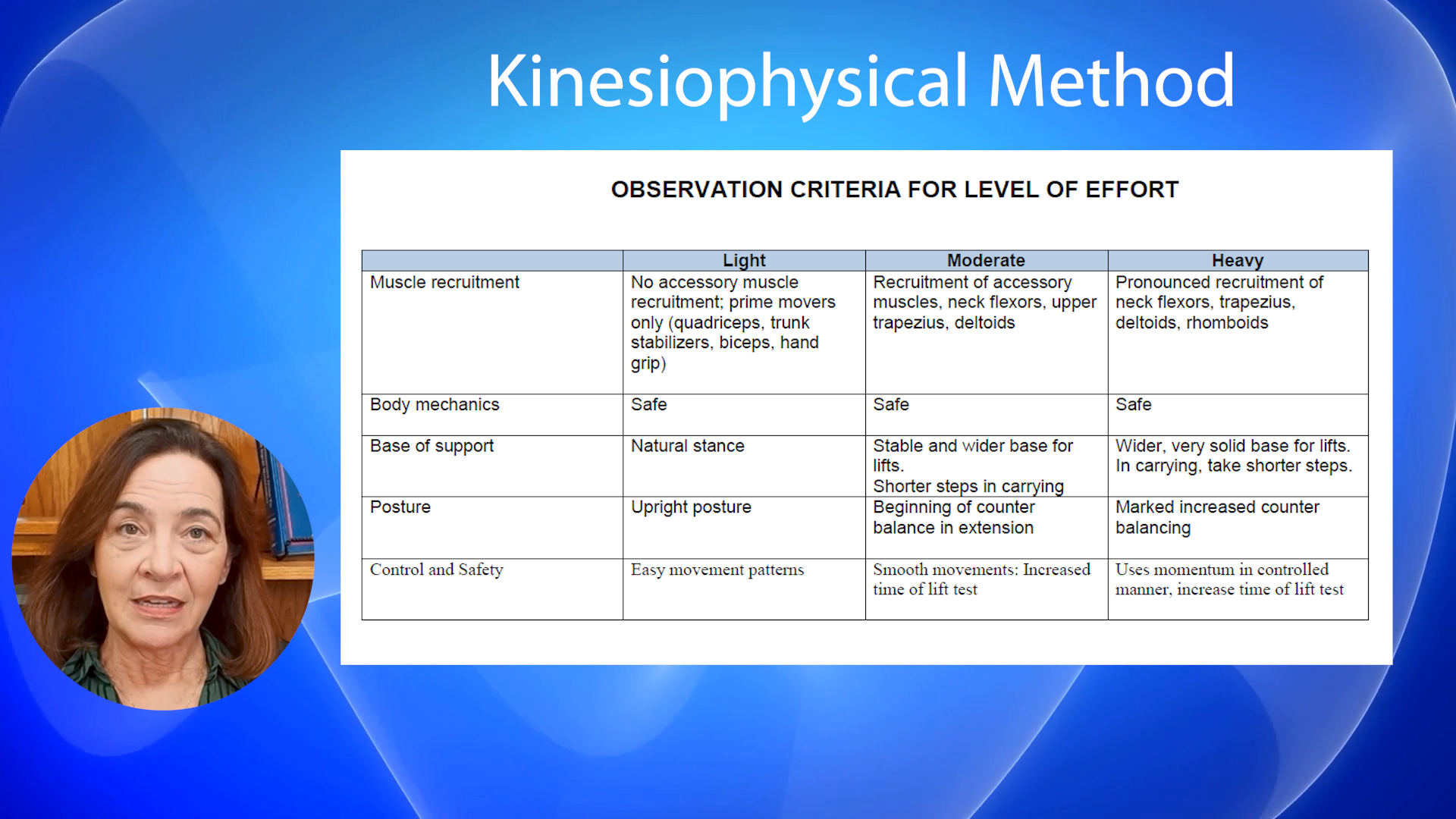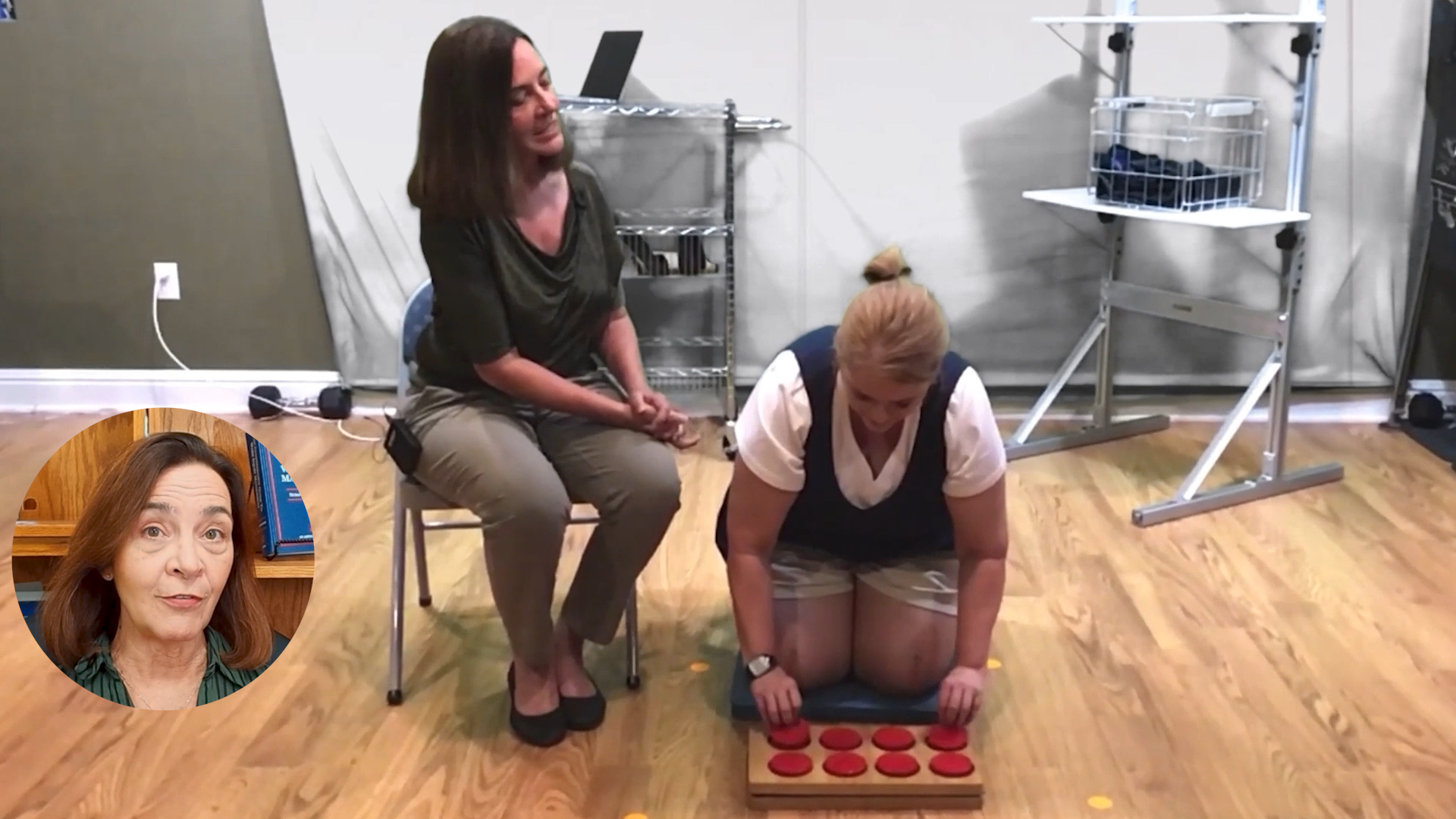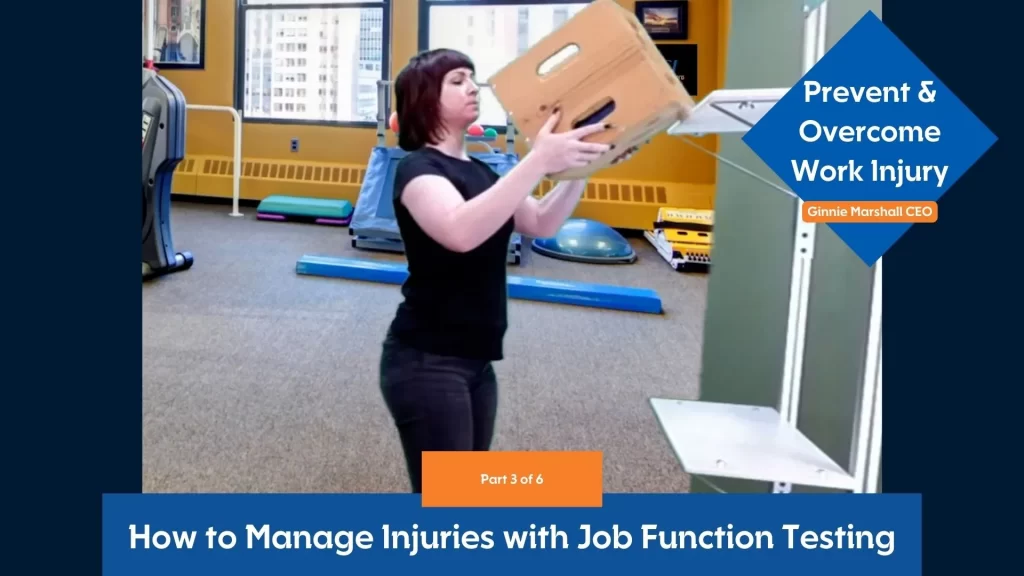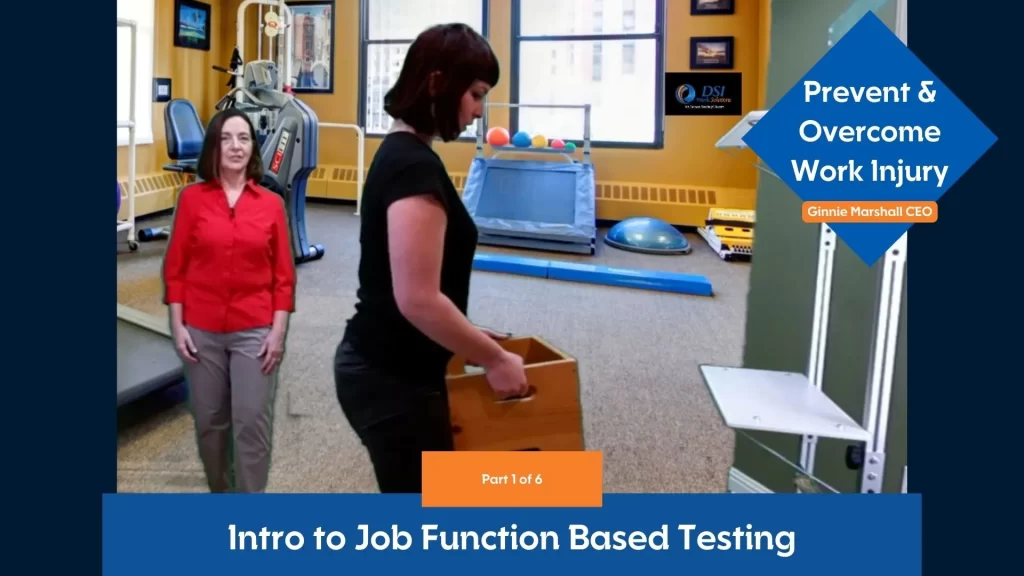Introduction
Welcome to our in-depth exploration of Functional Capacity Evaluations (FCE), an essential aspect of physical and occupational therapy. FCEs are integral in assessing an individual’s capacity to perform work-related tasks, particularly after experiencing an injury or illness. At the heart of these evaluations is the Kinesiophysical Method, a method I hold in high regard for its meticulous combination of human anatomy, biomechanics, and observational expertise. This approach is crucial for accurately determining a patient’s effort levels and functional capabilities.
This article is designed to complement the second installment of our five-part video series on Functional Capacity Evaluation. If you haven’t already, I encourage you to view the first video, as each part of this series is designed to build upon the previous one, ensuring a comprehensive and thorough understanding of FCEs and their practical applications. Whether you are a seasoned therapist or new to this field, this series and the accompanying articles are crafted to deepen your understanding and enhance your practice in functional capacity evaluations.
Table of Contents
- Introduction
- The Role of Physical and Occupational Therapists in FCE
- Understanding the Kinesiophysical Method
- The Process of FCE Using the Kinesiophysical Method
- Case Study: Application of the Kinesiophysical Method in a Chronic Knee Condition
- Safety, Ethics, and Therapist-Patient Interaction in FCE
- Learn and Grow
The Role of Physical and Occupational Therapists in FCE
It’s crucial to recognize the unique and pivotal role that physical and occupational therapists play in conducting FCEs. Our profession is distinctively positioned to conduct these evaluations due to our comprehensive education and training in anatomy, physiology, and the study of illnesses and injuries. This robust background equips us with the expertise to understand the complexities of the human body and its response to various physical demands and constraints.
Our expertise is fundamental in developing effective care plans tailored to enhance and restore patient function. In the context of FCE, this means not only identifying the limitations of a patient’s abilities but also recognizing their potential for improvement and rehabilitation. Through a combination of exercises, therapeutic activities, and interventions, we work to optimize the functional abilities of our patients. This translates to a focused effort on enabling individuals to safely return to work or to engage in their daily activities with greater ease and less discomfort.

Understanding the Kinesiophysical Method
The Kinesiophysical Method stands at the forefront of our approach in Functional Capacity Evaluations. This method is deeply rooted in the professional knowledge of anatomy, physiology, and biomechanics, forming the cornerstone of how we, as therapists, understand and evaluate a patient’s functional capacity. The term ‘kinesiophysical’ itself is a fusion of two critical aspects: ‘kinesio’, referring to movement, and ‘physical’, relating to the body’s physiological and biomechanical processes. This method requires a nuanced understanding of how the body moves and operates, particularly under various levels of physical stress and demand.
In practice, the Kinesiophysical Method empowers therapists to accurately assess effort levels while prioritizing patient safety during FCEs. We utilize this method to observe and measure an individual’s performance in a range of activities that mimic work-related tasks. These tasks are carefully selected and designed to progressively increase in difficulty, allowing us to monitor how the body responds to each level of exertion. By observing the patient’s movements, muscle engagement, and overall response to these tasks, we can discern the effort exerted and identify any points at which the activity may become unsafe due to fatigue, pain, or exacerbation of an existing condition. This diligent and careful assessment ensures that the FCE is not only informative but also conducted in a manner that safeguards the well-being of the patient.

The Process of FCE Using the Kinesiophysical Method
The Functional Capacity Evaluation (FCE) process using the Kinesiophysical Method begins with a meticulous review of the patient’s medical records. This initial step is crucial as it provides us, the therapists, with a comprehensive understanding of the patient’s medical history, including any previous injuries, surgeries, or chronic conditions. This background information is pivotal in shaping the subsequent stages of the FCE, ensuring that the evaluation is tailored to each individual’s specific health context and needs.
Following the review, we conduct a thorough physical examination. This examination is not a mere formality; it is an integral part of the FCE, allowing us to assess the patient’s current physical capabilities and limitations firsthand. Based on this evaluation, we then move on to the test items – a series of tasks designed to progressively increase in difficulty. These tasks are carefully selected to mimic real-world, work-related activities, and are used to assess the patient’s functional abilities in a controlled environment. Throughout these tasks, the focus remains staunchly on safety. We meticulously observe the patient’s responses, ensuring that each step, from easier to more stressful levels, is conducted within the realms of their safe physical limits. This progression allows us to gain valuable insights into the patient’s functional capacity while maintaining the utmost care for their well-being.
Case Study: Application of the Kinesiophysical Method in a Chronic Knee Condition
Consider a patient with a chronic knee condition who is in the process of regaining strength. This case study vividly demonstrates the application of the Kinesiophysical observation criteria in a real-world scenario. Initially, during the Functional Capacity Evaluation (FCE), the patient might exhibit seemingly normal walking capabilities—safe, balanced, and without any overt signs of impairment. This initial observation could suggest a satisfactory level of functional ability.
However, as the evaluation progresses and the tasks become more challenging, subtle signs of the underlying condition begin to emerge, which is critical for a thorough FCE. For instance, when this patient is tasked with lifting an object from the floor to waist level, slight indications of weakness become apparent. A key observation here is the quality of their movement during this task, especially the controlled descent. It’s observed that the descent isn’t as smooth or controlled as expected, hinting at underlying difficulties.
The evaluation further escalates to activities demanding higher exertion, such as stair climbing, where the patient’s ability to control their body weight becomes crucial. It is in these more demanding tasks that the limitations imposed by the knee condition become more pronounced. The therapist, using the Kinesiophysical Method, meticulously notes whether the patient’s effort level is light, moderate, or heavy, and importantly, whether it’s edging towards being out of control. This careful observation is vital for determining how stressful the activity is for the patient and deciding when to stop the activity to prevent compromising their safety or exacerbating the condition.

Safety, Ethics, and Therapist-Patient Interaction in FCE
In Functional Capacity Evaluations, the safety of the patient is paramount, as is the adherence to ethical standards. As therapists, we are acutely aware of the responsibility that comes with conducting these evaluations. Every step of the FCE process is designed to ensure the safety of the patient, with a clear understanding that they have the absolute right to refuse any part of the testing if they feel uncomfortable or at risk. This respect for patient autonomy is a fundamental ethical principle in our practice. Additionally, it’s essential that our evaluations accurately reflect the need for safe work environments. We aim not just to assess the current capabilities of our patients but also to envision and advocate for work conditions that prioritize their health and well-being, avoiding any situations that might pose undue risk.
The interaction between therapist and patient during the FCE process plays a critical role in its success. Positive, supportive communication is key to encouraging patients and understanding their concerns and limitations. As therapists, we engage with our patients, offering reassurance and guidance throughout the evaluation. This empathetic approach not only helps in accurately assessing functional capabilities but also fosters a trust-based environment where patients feel valued and understood. Our goal is to ensure that patients are not just evaluated but also feel supported and empowered throughout the process, leading to more accurate and meaningful FCE outcomes.

Learn and Grow
In the spirit of continuous learning and professional growth, I encourage you to further your expertise in this crucial field. Our FCE Independent Learning course offers a comprehensive, flexible learning experience tailored for busy professionals. With 6 hours of on-demand video content, 12 months of access, and an inclusive FCA Productivity Suite, this course is designed to enrich your understanding and enhance your skills in FCE. The convenience of learning from anywhere allows you to integrate this valuable resource into your daily routine seamlessly. Furthermore, the course is not only about learning but also about application. By completing the course and passing the quiz, you will earn 7 credit hours and receive a certification, symbolizing your dedication and newfound proficiency in FCE.
I invite you to visit our website, set up a free account, and start with the first lesson at no charge. As you embark on this journey of professional development, remember that your growth in this field is a direct investment in the quality of care you provide. And don’t forget, the third video in our series is on the horizon, promising to delve deeper into the fascinating world of Functional Capacity Evaluations. Stay tuned for more insights and learning opportunities!








.webp)
